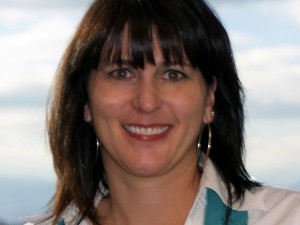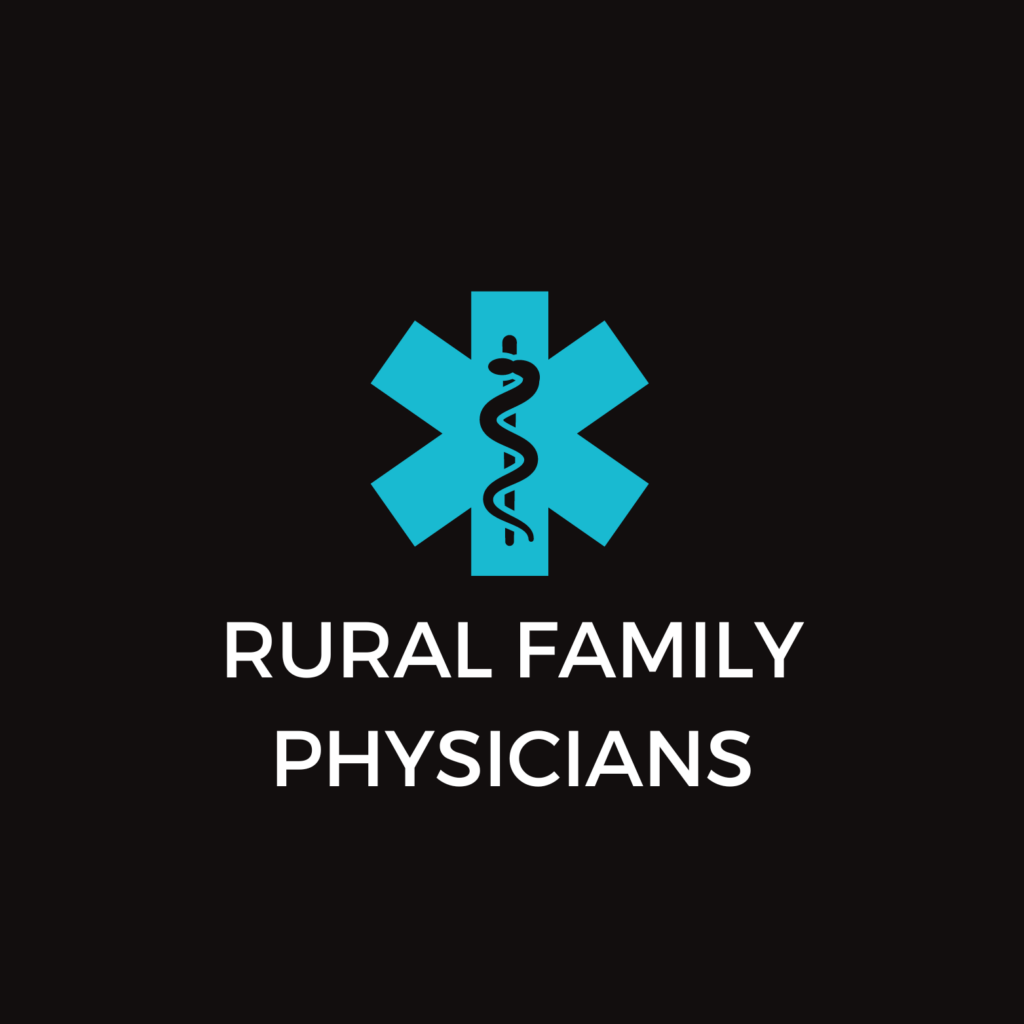CEO Update: Data is in the Air
 Fall has officially arrived and I’m now trying to dig out my sweaters to wear one day and my shorts the next day. I’m thankful for the gradual change and I guess that’s Mother Nature’s way of getting us ready for the winter season.
Fall has officially arrived and I’m now trying to dig out my sweaters to wear one day and my shorts the next day. I’m thankful for the gradual change and I guess that’s Mother Nature’s way of getting us ready for the winter season.
Release of data is an organization’s way to prepare you for the future, by looking at and analyzing the past. If we are smart, we will utilize the data to see where we have been and create a roadmap of where we need to go to allow us to survive and thrive into the future. By now you probably know that I’m a self-professed nerd and I enjoy the data!
Last week, Colorado Health Institute (CHI) released the most recent CHAS report and did it in grand fashion by traveling throughout the state to ten locations over two days. Thank you, CHI, for delivering the message in person to our rural communities! One major observation in reviewing the report is that rural communities in Colorado fare worse in almost every category compared to urban.
Top 10 Takeaways:
- Historic Gains Maintained – Colorado has retained its historic level of health insurance coverage and the un-insured rate is 6.5%
- Five Million Strong – 5,040,164 Coloradans have health insurance
- Pre-ACA and Post-ACA – 600,000 more Coloradans have health insurance in 2017 than in 2013
- Once Vulnerable, Still Vulnerable – about 350,000 Coloradans still do not have health insurance
- Steps in the Right Direction – the uninsured rate among Hispanics is 10.4%, nearly double the 5.4% uninsured rate of non-Hispanic white Coloradans.
- A Stabilizing Health System – the median wait time is two days for a doctor’s appointment and nine days for a specialist appointment, which appear to be below wait times in other parts of the nation.
- Affordable: Not Yet – the high cost of insurance continues to be the number 1 reason for not having health insurance.
- Medicaid: A Positive Check-Up – Nine out of 10 Medicaid clients are happy with the range of services covered, 8 out of 10 are happy with their doctors and 81% say their family’s needs are being met.
- Dazed and Confused – One in seven uninsured Coloradans say they don’t know how to get insurance.
- Healthy-ish – 32.7% of Coloradans list their health as excellent and another 29.8% say it’s very good.
A few areas that are worth a highlight for rural communities:
The Western Slope has the most individuals that have purchased health insurance on the individual market, that’s 11.1% – 15.6%. However, the uninsured rate in rural communities is high, the majority of rural communities have a 9.1% – 13.1% rate. The high rate of uninsured individuals creates financial barriers for rural hospitals and clinics. The financial barriers are real. When we have folks that are either under-insured (high deductible health plans) and uninsured and they present to the emergency room for care, they often don’t have the ability to pay. What this means is that the hospital is absorbing the costs of this uncompensated care. When we already have twelve hospitals operating in the red, it is making it difficult for sustainability and payments from Medicare, Medicaid and private insurance companies are going down. In fact, some of the areas that CRHC advocates on for rural communities is for the RHC encounter rate to be increased, for Colorado to require insurance companies to offer the same plans and same reimbursement to rural hospitals and clinics that they offer to urban counterparts, for Colorado to adopt a single insurance rate system vs. the current region based system to make insurance more affordable for everyone and for regulations to be removed around co-mingling to allow for greater efficiencies. I encourage you to review the CHAS Report and look specifically at the Health Insurance Coverage section.
In the “Access to Healthcare” section, you’ll see that 16.4% of rural Coloradans report problems with paying their medical bills compared to 13.6% of urban Coloradans. We also know that the median household income in rural areas is 26.9% lower than in urban areas and that 39% of rural Coloradoans spend more than 30% of their income on housing.
However, it’s not all bad news for rural communities. In 20 of Colorado’s rural communities, 55 hospital and clinic teams are working together to address better patient experiences by streamlining communication between care settings improving clinical processes leading to reductions in avoidable hospital readmission rates. Through CRHC’s iCARE (Improving Communications and Readmissions) Program, participating CAHs have an average 2% readmission rate and RHCs have 80% of their diabetic patient demonstrating good control of blood glucose.
Colorado’s rural communities are showing a high-degree of innovation as demonstrated through their work on the iCARE Program. To learn more about the innovations happening in rural join us on October 19-20, 2017 for CRHC’s 26th Annual Conference. CRHC’s Annual Conference is your opportunity to network with your rural peers, learn from local and national experts and re-energize. I look forward to seeing you next month.




